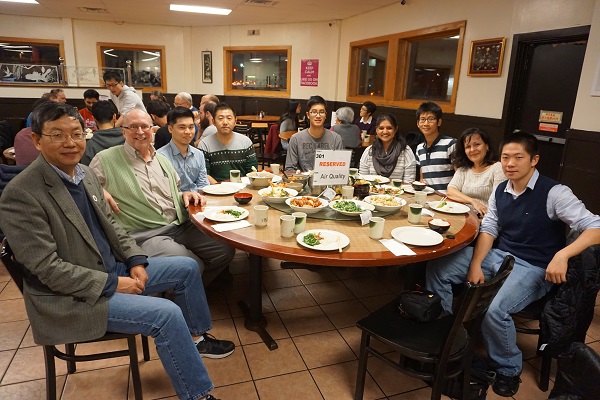
Our group studies the perturbation of the nitrogen cycle caused by intensively managed agro-ecosystems, with particular emphasis on the emissions of ammonia and nitrous oxide from fertilized croplands. Ammonia (NH3) reacts in the atmosphere to form tiny particles that are harmful to human health and reduce visibility. Nitrous oxide (N2O) is a greenhouse gas, which traps heat 310 times more effectively than carbon dioxide, over a one-hundred year period.
Managing the nitrogen cycle is a crucial sustainability problem that requires well-informed input to address it. Improving our understanding of the land-atmosphere exchange of reactive nitrogen species is important input for making decisions about how to manage the nitrogen cycle, so that we protect human health and ecosystem diversity, without compromising the ability to have available crops for affordable food and biofuels for supporting our mobility and other energy needs.
Relevant links
NOAA/ATDD
National Atmospheric Deposition Program
Illinois Agronomy
Handbook
Environmental
Engineering and Science Program
Civil
and Environmental Engineering Department
Air Quality Engineering and Science
(AQES) Research Group
Contact information
e-mail: sotiDummmmy!riak@Dummmmy!illinois.edu

.jpg)
.jpg)
.jpg)
.jpg)
.jpg)
.jpg)
.jpg)
.jpg)
.jpg)
.jpg)
.jpg)
.jpg)
.jpg)
.jpg)
.jpg)
